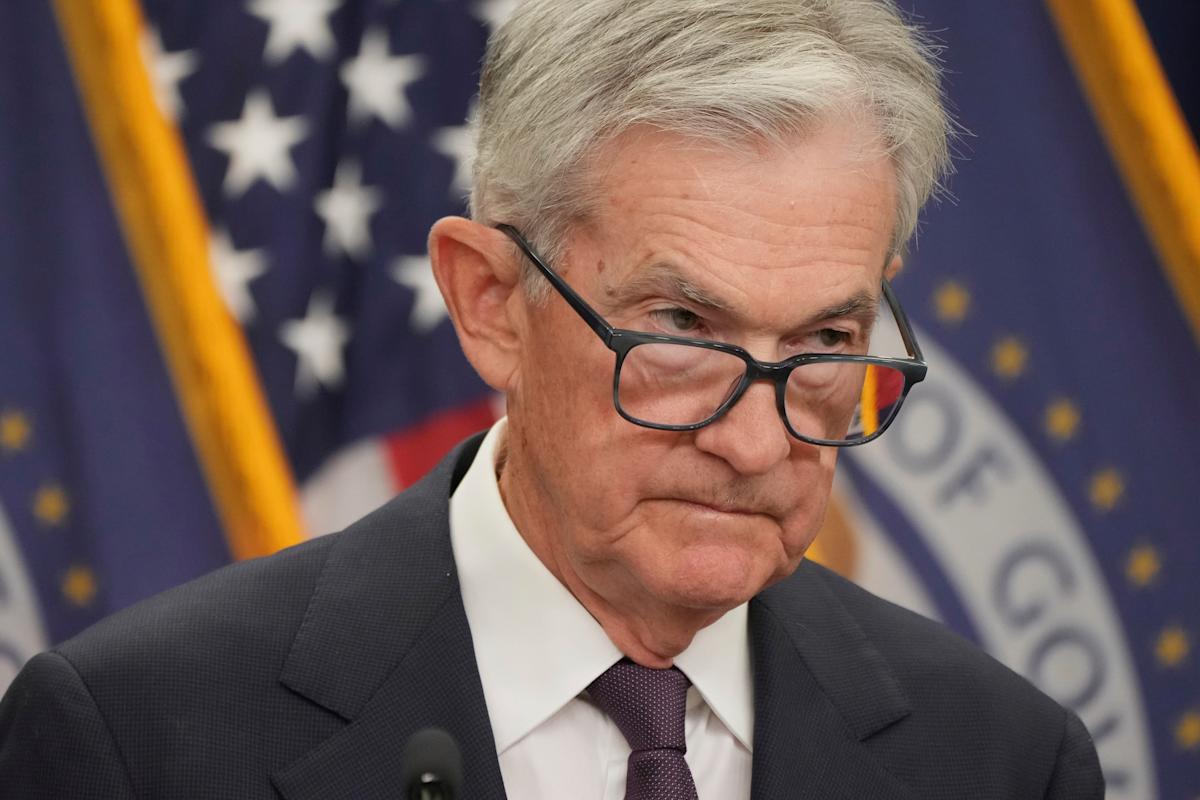Fed’s Powell sees ‘no risk-free path’ for interest rates after central bank’s cut last week
Federal Reserve Chairman Jerome Powell said there is “no risk-free path” for the central bank’s next policy move as inflation remains elevated while the job market weakens.
It’s “a challenging situation,” Powell said during a speech in Rhode Island on Tuesday, reiterating that the Fed must balance its dual goals of maximum employment and price stability.
“Two-sided risks mean that there is no risk-free path,” he added.
Powell’s comments repeated many of the same points he made last Wednesday after the central bank voted to cut interest rates 25 basis points and officials penciled in a median estimate of two more 25 basis point cuts by year-end.
The chairman in in a difficult spot, trying to maintain consensus within the Fed at a time when policymakers are divided about the future path of monetary policy and the White House is applying maximum pressure on the Fed to bring rates down further.
Stephen Miran, the newest Federal Reserve governor, said Monday in a speech that he believes benchmark interest rates should be around two percentage points lower than their current 4% to 4.25% range. He argued that today’s rates are too restrictive and could lead to more layoffs and worsening unemployment levels.
Miran, who is on a leave of absence from his White House job while serving as the newest Fed governor, was the lone dissenter last week when the Fed voted to cut rates by a quarter point. He preferred a larger 50 basis point cut.
The Fed has a dual mandate to keep inflation in check while maximizing employment, and an economic environment where the labor market is weakening but inflation remains elevated leaves the Fed without a clear interest rate policy path.
Cutting rates can help spur hiring, but may fuel inflation further. Raising rates can help tamp down inflation, but comes with added risks for the job market.
While signs of a weakening labor market spurred the most recent cut, many Fed officials are urging caution around further rate cuts because inflation remains above the Fed’s 2% target.
The Personal Consumption Expenditures index, the Fed’s preferred inflation measure, stands at 2.9%. A new reading covering August data will be released on Friday.
Powell reiterated that weakening employment shifted the balance of risks away from inflation and led to last week’s cut. He said he views the current policy stance as “modestly restrictive” and said Fed policy “is not on a preset course” and the central bank will continue to respond to new economic data, outlook changes, and the balance of risks.



Leave a Comment
Your email address will not be published. Required fields are marked *